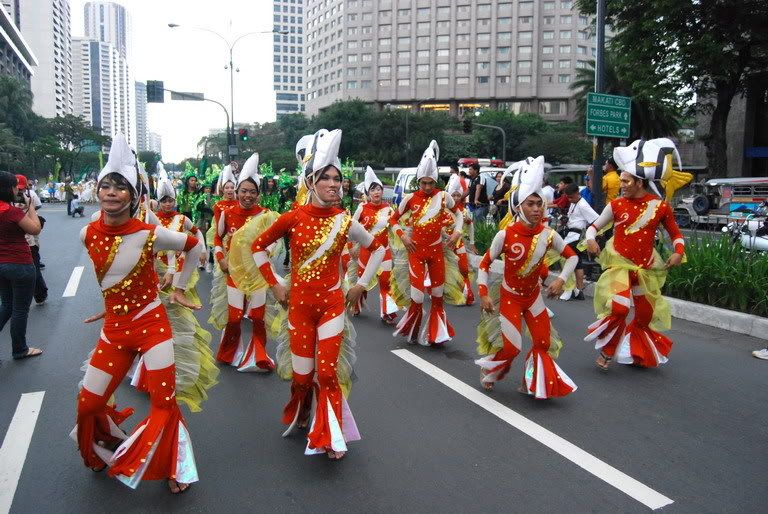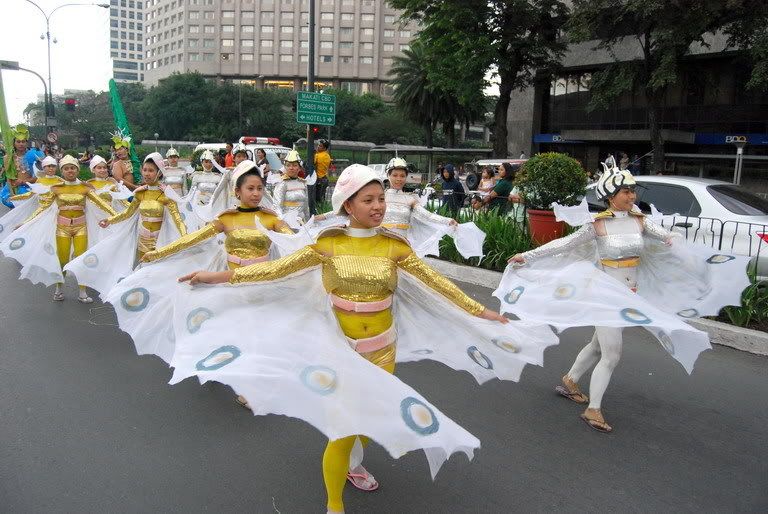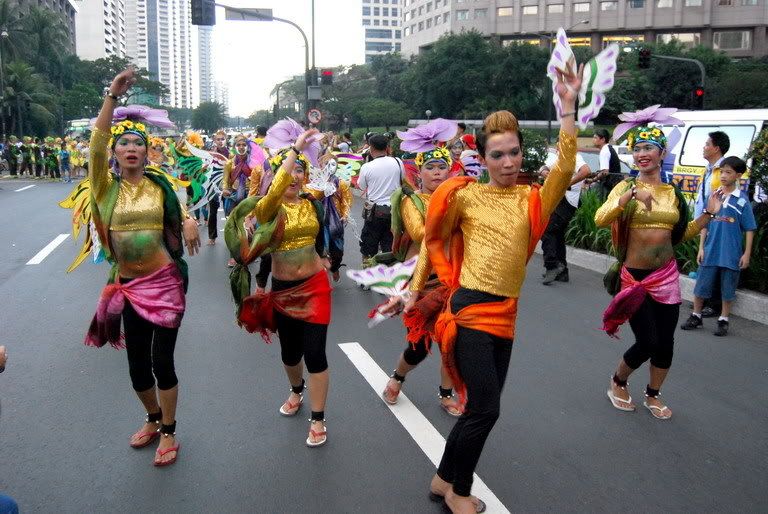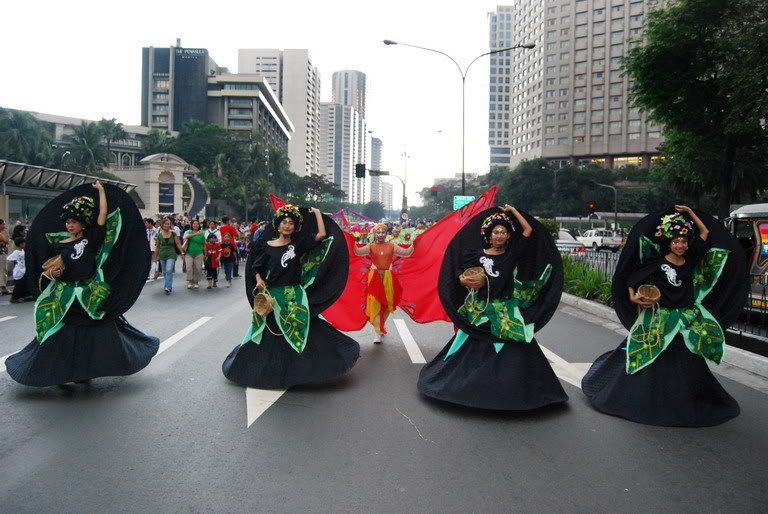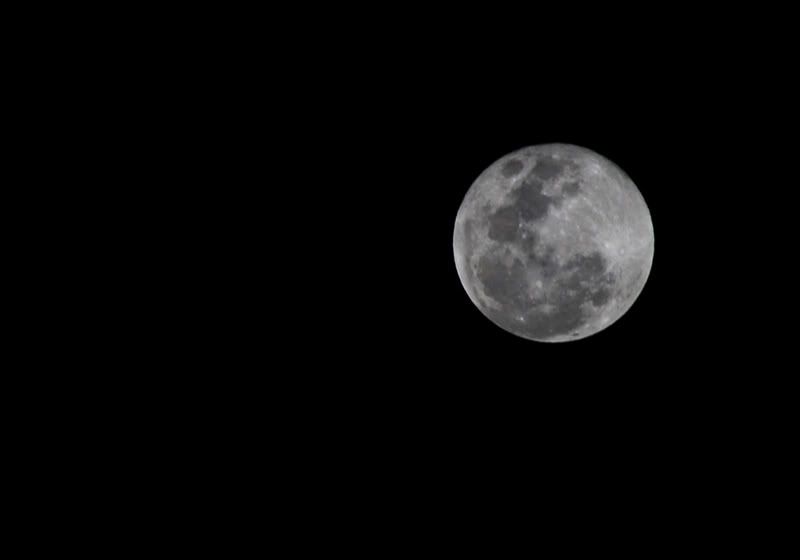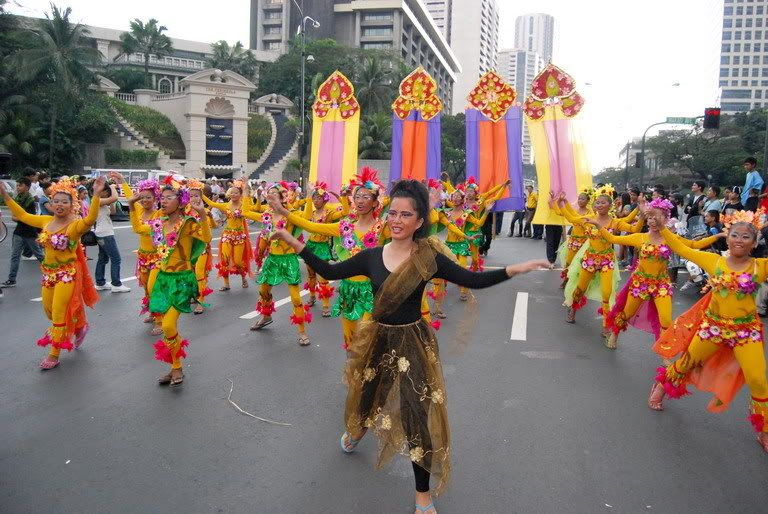
The City Government of Makati and the Museum and Cultural Affairs Office (MCAO), brought to us the Caracol Festival 2009 last January 18, 2009. Makati’s answer to Mardi Gras! The highlight of the festivity will be a costume and Street dancing competition, wherein the participants, all dressed-up in colorful Mother Earth-inspired costumes such as flowers, fruits, trees, and rare animals, will perform ethnic and tribal dances.
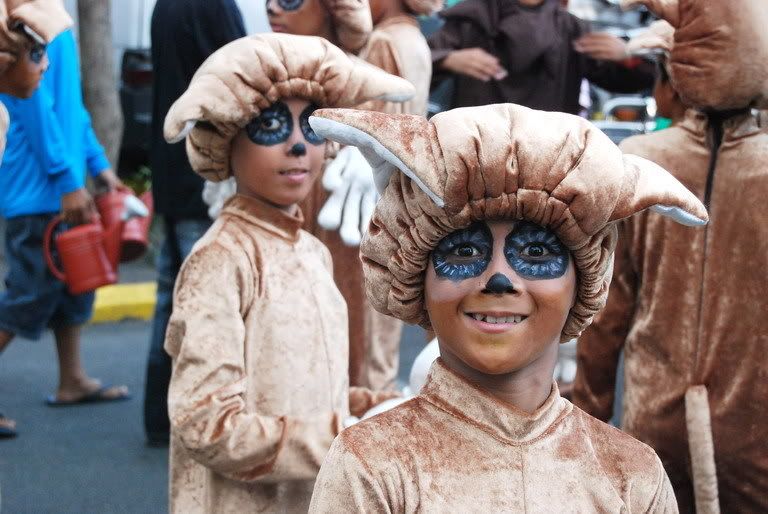

Preparations started the at 3:00pm at the Gabriela Silang Car Park, beside the Makati Stock Exchange Building, Makati Ave., cor Ayala Ave. The Street dancing parade started at 4:00pm from Ayala Avenue towards Paseo de Roxas where there will be a stage for final presentation and judging.
The annual celebration of Caracol is part of the city government’s continuing commitment to preserve and instill awareness of our cultural heritage and to promote the importance of preserving and conserving our environment and natural resources.
This year's Caracol Festival 2009 has a total of 19 Participants that will see action and strut their stuff on the Ayala Ave. Participants from the Grade school to College took part in the Festival.
Schools and participants include:
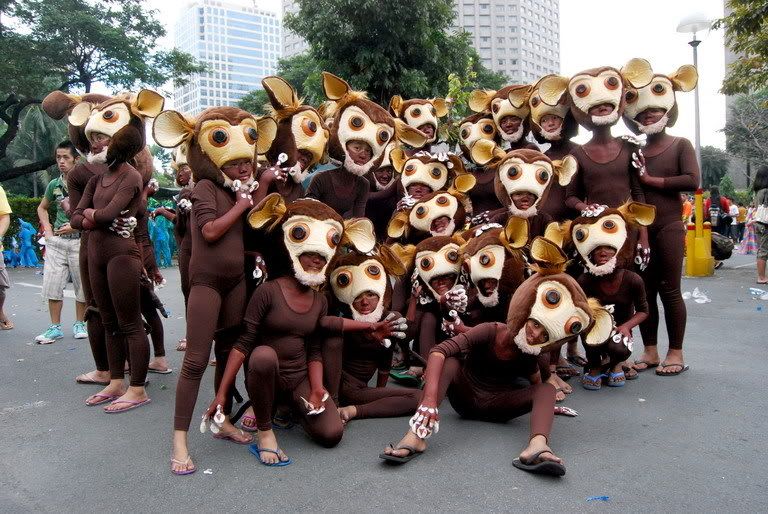
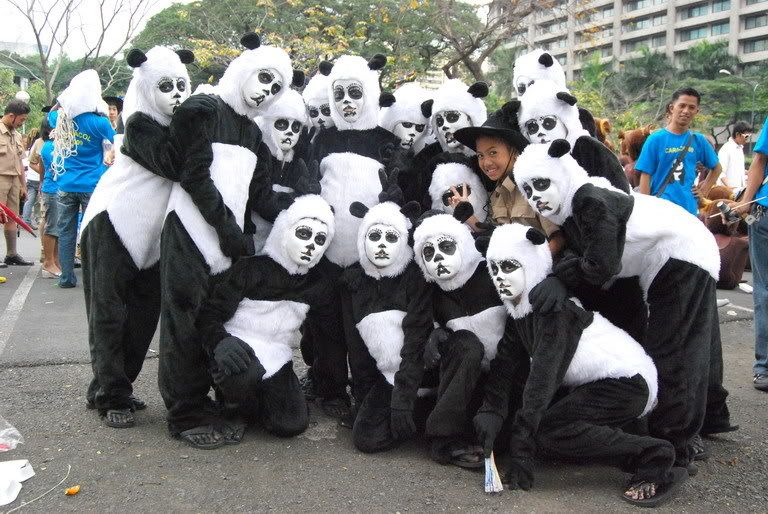
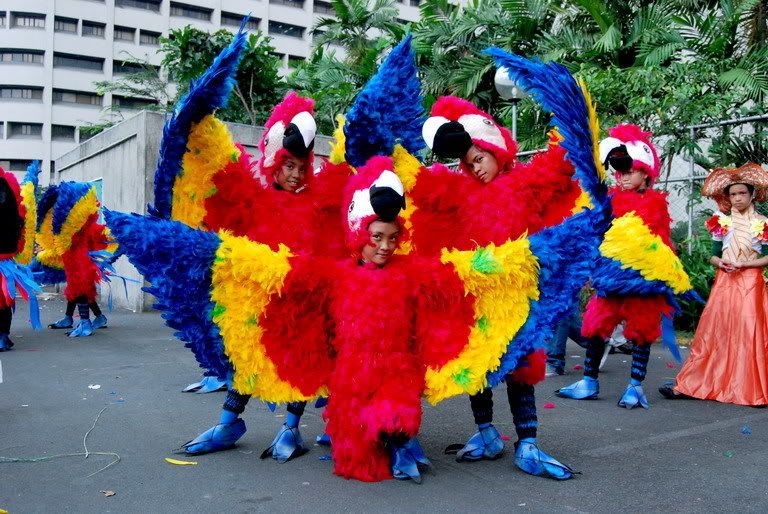
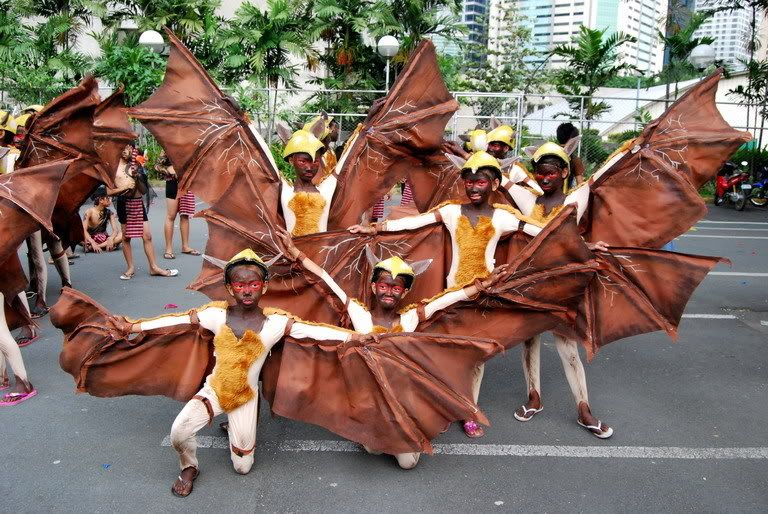
* Makati Elementary School for Makati I division
* East Rembo Elementary School for Makati II division
* Bangkal Elementary School for Makati III
* Maximo Estrella, F. Benitez for Makati IV division
* Nicanor Garcia for Makati IV division
* Jose Magsaysay Elementary Schools for Makati IV division
* South Cembo Elementary School for Makati V division
* Palanan Elementary School for Makati VI division
For the High School division
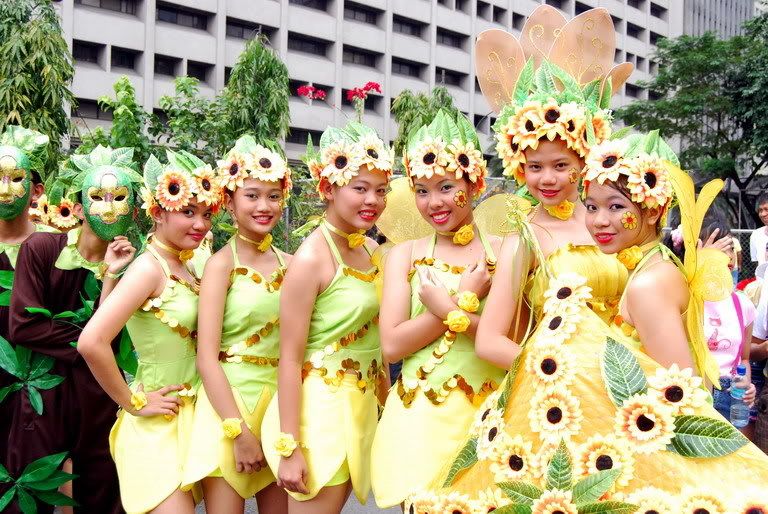
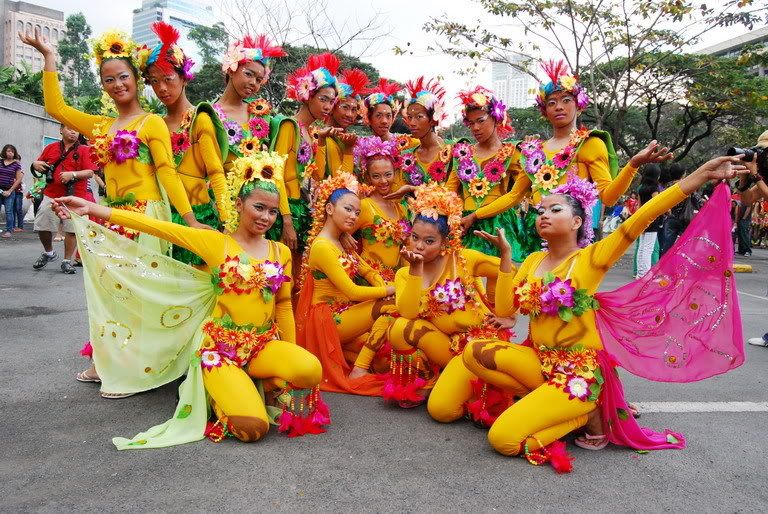

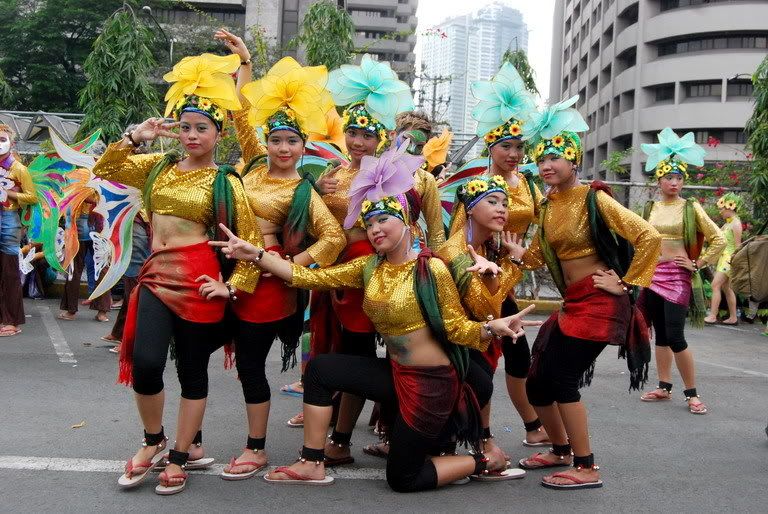
* Bangkal High School
* Benigno Aquino High School
* Fort Bonifacio High School
* Gen. Pio del Pilar National High School
* Makati High School
* Makati Science High School
* Pitogo High School
* San Antonio National High School
* San Isidro National High School
Source: philippinefiestas.com
